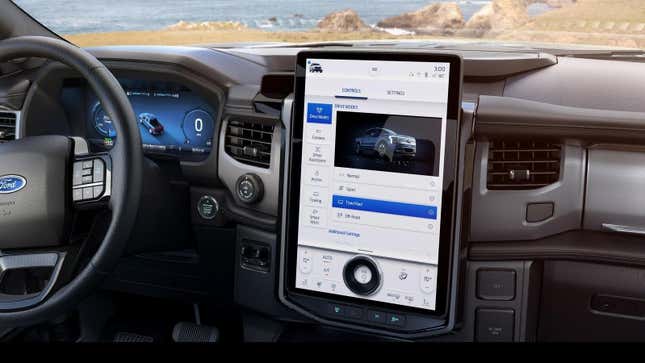
One of the downsides of electric vehicles is that the electric motors interfere with AM radio signals. If your husband loves to listen to talk radio, you’d probably think that’s a good thing, but it could be a real problem in an emergency if you need to tune in for updates, which is why lawmakers want automakers to include AM radios with every car they sell. Making that happen, however, could be a costly endeavor to the tune of several billion dollars.
We’re not talking about the cost of the radio, either. Dealing with the interference caused by electric motors will likely cost automakers a cumulative $3.8 billion through 2030, Automotive News reports. That estimate comes from an October report released by the Center for Automotive Research that found that “reducing the electromagnetic interference generated by EVs, which can distort AM radio signals, is ‘challenging and could lead to added costs for vehicle manufacturers.’”
That’s largely because, while it’s possible to reduce the interference, it’s not possible to eliminate it entirely. Automakers can shield cables and add interference filters and active noise cancellation, as well as change the location of certain components, but all of that costs money. One automaker estimated that shielding would add somewhere between $35 to $50 to to cost of producing a vehicle, while filtering would add another $15 to $20.
On the one hand, it’s understandable that automakers would prefer not to spend the extra money and increase the weight of their vehicles. AM radio is also completely unnecessary 99 percent of the time. In fact, even the bigots who keep talk radio afloat can simply choose to stream their vile content instead of using the radio. At the same time, though, automakers raking in tens of billions of dollars in profit every year can definitely afford to include an AM radio in their vehicles so their customers still have access to local news in an emergency.

